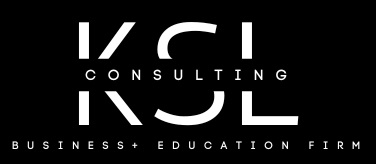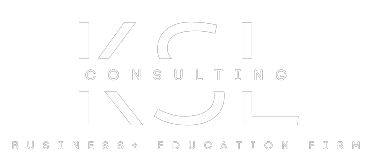As the landscape of early childhood education evolves, the debate continues: Has childcare become too commercialized, and are small, family-run centers still relevant? With the rise of large, corporate childcare centers and standardized K-12 settings, it’s crucial to explore what constitutes the best environment for young children’s learning and development. This blog delves into the pros and cons of various childcare settings—from home-based care and family childcare centers to large and small centers—and considers how commercialization impacts the quality of early childhood education.
The Pros and Cons of Different Childcare Environments
| Type of Program | Pros | Cons |
| Home-Based Care with Loved Ones | Personalized Attention: One-on-one care and interaction fostering emotional bonds.
Consistent Care: Familiar caregivers provide stability. Flexibility: Adaptable scheduling to family needs. |
Limited Socialization: Fewer peer interactions affecting social development.
Resource Constraints: Lack of structured educational resources. Caregiver Burnout: Potential for fatigue impacting care quality. |
| Family Childcare Centers | Home-Like Environment: Warm, nurturing atmosphere with individual attention.
Community Feel: Close-knit community enhancing social interactions. Flexibility and Creativity: Ability to offer creative, personalized experiences. |
Limited Space and Resources: Fewer resources and space affecting activities and programs.
Regulatory Variability: Inconsistent standards impacting quality and safety. |
| Small Childcare Centers | Intimate Setting: Smaller class sizes providing more individual attention.
Enhanced Interaction: Close relationships with caregivers and peers. Flexibility: Quick adaptation to community needs. |
Limited Capacity: Restricted enrollment affecting availability.
Financial Constraints: Financial challenges impacting resources and staff development. |
| Large Childcare Centers | Structured Programs: Well-defined curricula and resources providing a structured environment.
Diverse Offerings: Wide range of activities and programs enhancing experiences. Accessibility: Ability to accommodate more families. |
Less Personalized Attention: Higher child-to-staff ratios reducing individual attention.
Less Flexibility: Rigid environment due to less adaptability. Commercialization Impact: Focus on profitability may overshadow personal care. |
| K-12 Settings | Early Academic Preparation: Formal structure preparing children for future success.
Resource Availability: Access to extensive resources, technology, and programs. |
Less Emphasis on Early Development: Focus on academics may overlook emotional and social growth.
Large Class Sizes: Reduced personalized attention affecting quality of early education. |
Commercialization in childcare can lead to a focus on profitability over quality, potentially compromising the individual needs of children. Large, corporate centers may prioritize efficiency and scalability, which can impact the personal touch and individualized care that smaller, family-run centers provide.
However, commercialization also brings advancements in resources, curriculum development, and accessibility. The challenge lies in balancing these benefits with the need for nurturing, personalized care that promotes holistic development.
The best environment for learning in early childhood depends on various factors, including the child’s individual needs, family preferences, and available resources. Each setting—whether home-based care, family childcare centers, small centers, large centers, or K-12 environments—has its own strengths and challenges. It’s essential for families and administrators to consider these factors when choosing or designing a childcare program.
Ultimately, the goal should be to provide an environment that supports both the emotional and educational needs of young children. Whether through the personalized care of a family-run center or the structured resources of a larger facility, focusing on quality, safety, and developmental appropriateness will ensure that children receive the best start possible in their educational journey.








